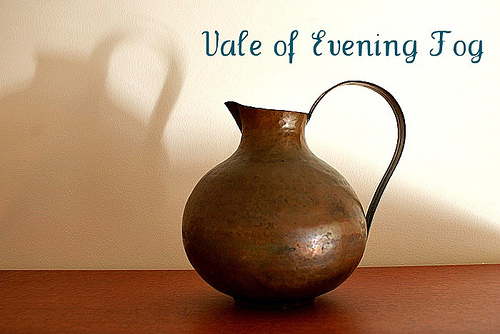windflowers are anemones, bright long lasting flowers native to my birthplace, cyprus!!! there is even a car rental business in cyprus called windflower.
there are many different kinds of windflowers from bright fuschia to white, from soft lavendar to alarming azure. some look like daisies and some look like stars. to learn about the grecian windflower, read this.
and windflowers play prominently in greek mythology. i found this little summary:
"While his rival was hunting alone, Ares disguised himself as a boar and attacked Adonis causing him lethal injuries. Adonis used his spear to strike back to Ares, but was soon gored to death by the boar's great tusks. Aphrodite hurried to Adonis in
her chariot, but his soul had already descended into the Underworld. In despair, she sprinkled nectar on Adonis’ wounds. As Aphrodite bore her lover's body out of the woods, crimson anemones sprung up where each drop of blood and nectar fell onto the earth. It is said that the wind which blows the blossoms open, will soon afterwards blow the petals away; so it is called the Anemone, or Wind Flower, for that which brings forth its life, ends it."
it would appear that anemone is not often used as a medicine, and in fact is sometimes considered a poison, though it was of use in olden times.
"Though this species of Anemone has practically fallen out of use, the older herbalists recommended application of various parts of the plant for headaches, tertian agues and rheumatic gout. Culpepper practically copies verbatim the some half-dozen uses of the Anemone that Gerard gives, saying:
'The body being bathed with the decoction of the leaves cures the leprosy: the leaves being stamped and the juice snuffed up the nose purgeth the head mightily; so doth the root, being chewed in the mouth, for it procureth much spitting and bringeth away many watery and phlegmatic humours, and is therefore excellent for the lethargy.... Being made into an ointment and the eyelids annointed with it, it helps inflammation of the eyes. The same ointment is excellent good to cleanse malignant and corroding ulcers.'
Culpepper also advises the roots to be chewed because it 'purgeth the head mightily'; he adds, 'And when all is done let physicians prate what they please, all the pills in the dispensary purge not the head like to hot things held in the mouth.'
Parkinson writes:
'there is little use of these (the Anemones) in physic in our days, either for inward or outward diseases; only the leaves are used in the ointment called Marciatum, which is composed of many other hot herbs.... The root by reason of the sharpness is apt to draw down rheum if it be tasted or chewed in the mouth.'
Modern authorities would, however, hesitate to recommend the chewing of the root on account of the acrid, irritant poison known to be present in it."

No comments:
Post a Comment